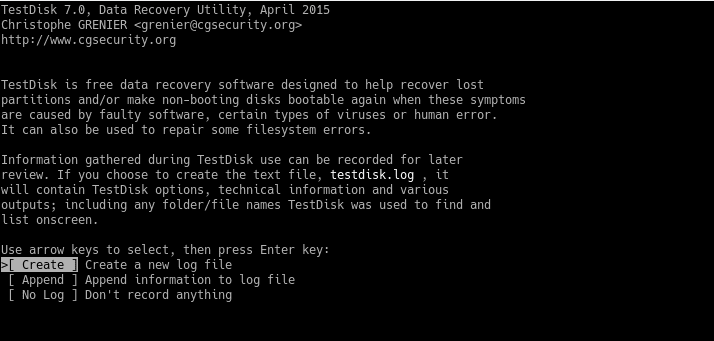

When your Mac is running, the EFI partitions are unmounted, and aren’t shown explicitly in Disk Utility. It has a Volume GUID of 0E239BC6-F960-3107-89CF-1C97F78BB46B (originally given as C12A7328-F81F-11D2-BA4B-00A0C93EC93B), and is invariably the first partition on that disk. This partition uses its own file system which is based on the FAT format, and is normally reported as being MS-DOS FAT32.

In UEFI, the idea is that a partition on each bootable disk should be dedicated to the boot loaders, kernel images, device drivers and so on used by the firmware to get the computer ready to load an operating system. Much of what we loosely term firmware is loaded from disk early during the boot process. Although these may appear only loosely related, and the whole subject pretty murky, they are closely linked in that small partition which every GUID partitioned disk should have, named EFI. When Apple introduced Macs with Intel processors (what an appropriate moment to consider this!), they brought two relevant changes: EFI, strictly the Unified Extensible Firmware Interface (UEFI) to replace Open Firmware, and the GUID Partition Scheme for disks. Could this be responsible for these problems? This article looks at one obscure factor which can prevent firmware updates from installing: the EFI System Partition. One strong association is with Macs which have had their original internal storage replaced, sometimes even with an Apple-supplied disk, although the most recent Catalina updates and their matching Security Updates have brought relief for some. By far the most frequent problems occur with the iMac Retina 5K 27-inch Late 2015, model designation iMac17,1, but there has been no shortage of similar problems with other models. Many users have reported that their Mac’s firmware doesn’t get updated when they install a macOS or Security Update which is supposed to include a firmware update for that model.


 0 kommentar(er)
0 kommentar(er)
